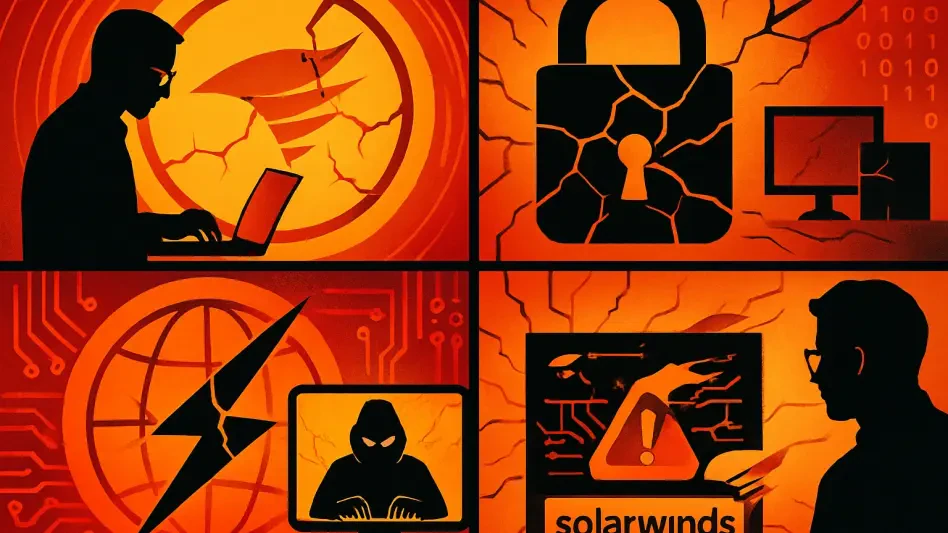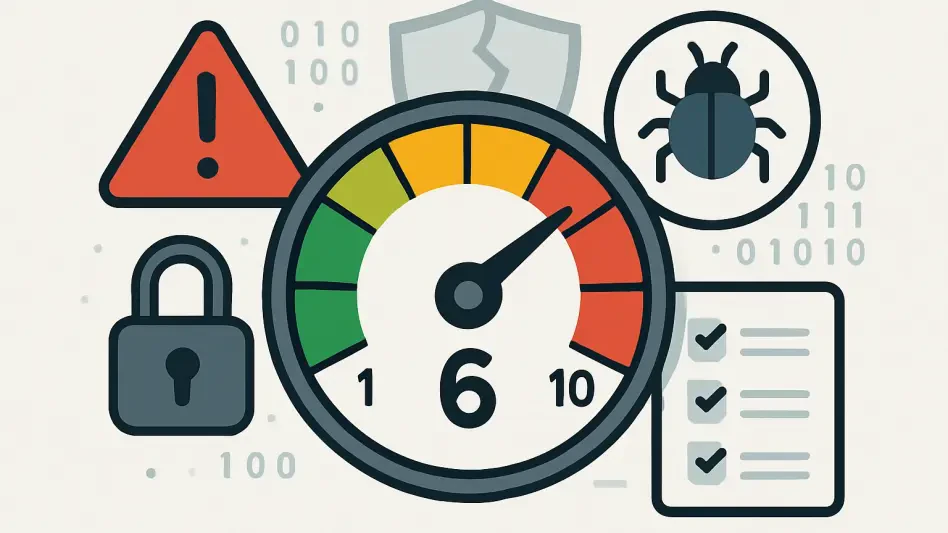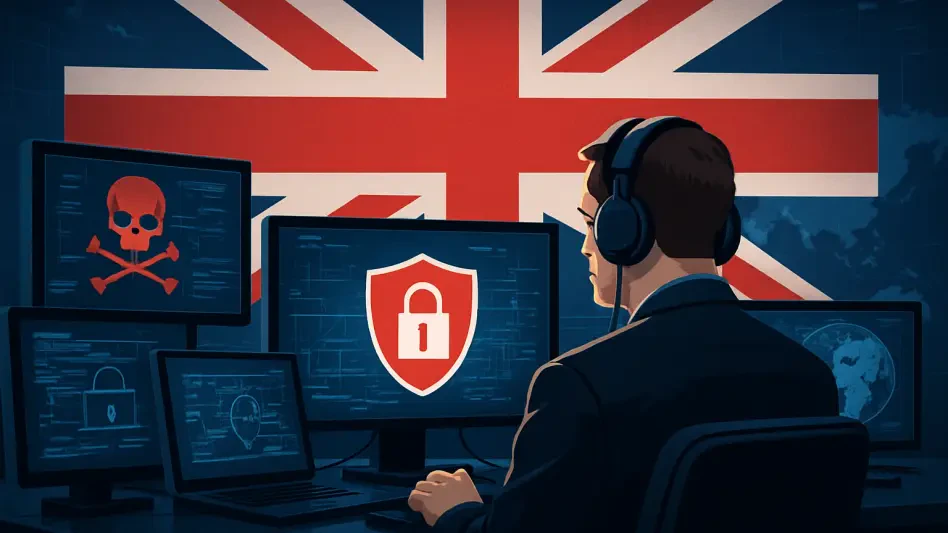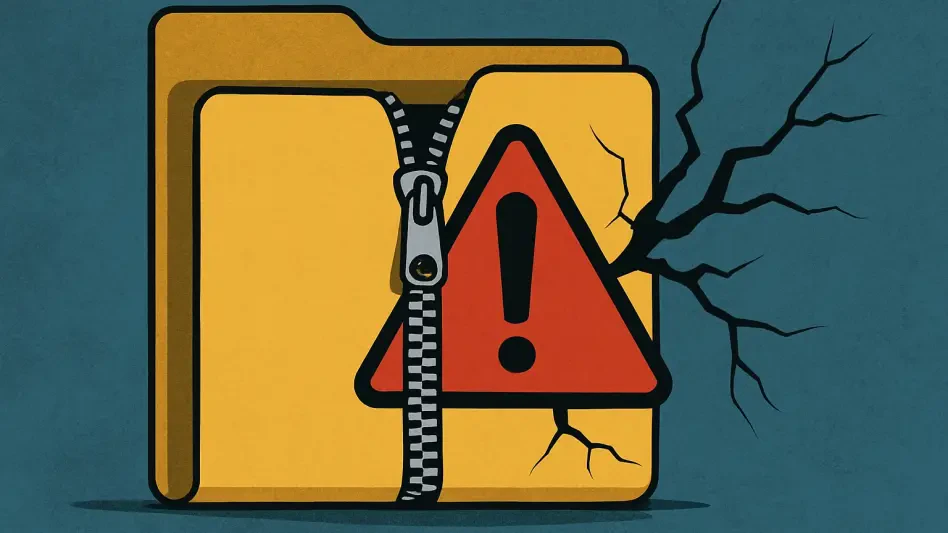What happens when a cornerstone of IT management turns into a glaring target for cyber attackers? SolarWinds, a titan in the realm of IT software, finds itself in a relentless storm as a critical flaw in its Web Help Desk tool threatens countless organizations worldwide. This isn’t just a technical hiccup—it’s a vulnerability so severe that it scores a staggering 9.8 out of 10 on the severity scale, capable of granting hackers full control with a single exploit. As businesses rely on this software for ticketing and asset management, the unfolding crisis raises a chilling question: can SolarWinds finally seal the breach, or is this a sign of deeper systemic flaws?
The Stakes Couldn’t Be Higher
This story isn’t merely about a bug; it’s about the fragile trust in critical IT infrastructure. With cyber threats escalating daily, a single vulnerability in a widely adopted tool like Web Help Desk can ripple through industries, exposing sensitive data and systems to malicious actors. The severity of this flaw, coupled with SolarWinds’ infamous history—most notably the 2020 Orion supply-chain attack tied to Russian state actors that infiltrated Western government agencies—amplifies the urgency. Organizations can’t afford to overlook this issue when the potential fallout could mirror one of the most devastating breaches in recent memory.
The significance of this crisis lies in its scope. Thousands of businesses, from small enterprises to large corporations, depend on SolarWinds for streamlined operations. A breach here isn’t just a localized problem; it’s a gateway to widespread disruption. As threat intelligence experts warn of likely exploitation, the pressure mounts on SolarWinds to deliver a lasting fix before attackers capitalize on the window of opportunity.
Unraveling a Pattern of Persistent Flaws
The timeline of this vulnerability reads like a recurring nightmare. Earlier this year, the initial flaw, identified as a remote code execution (RCE) issue with a near-perfect severity score of 9.8, came to light. SolarWinds rushed out a hotfix, but the danger was so imminent that the Cybersecurity and Infrastructure Security Agency (CISA) flagged it in its Known Exploited Vulnerabilities catalog, indicating active exploitation in the wild. Despite the response, a bypass soon emerged, also rated at 9.8, spotlighted by Trend Micro’s Zero Day Initiative (ZDI).
Just when it seemed the worst was over, a third vulnerability surfaced as another workaround to prior patches, again reported through ZDI by an anonymous researcher. This latest flaw, exploiting similar deserialization weaknesses, reveals a disturbing trend: each fix appears incomplete, leaving the software open to repeated attacks. The pattern suggests not just a bug, but a potential flaw in the core design or patching strategy that keeps resurfacing.
This isn’t an isolated struggle. The recurring nature of these issues points to a broader challenge within SolarWinds’ ecosystem, where quick fixes fail to address underlying vulnerabilities. Cybersecurity analysts are now questioning whether temporary patches can ever outpace the ingenuity of attackers determined to exploit these gaps.
Industry Experts Weigh In with Skepticism
Voices from the cybersecurity community are far from reassuring. Ryan Dewhurst of threat intelligence firm watchTowr captured the prevailing doubt with a pointed remark: “Third time’s the charm?” His rhetorical question underscores frustration over SolarWinds’ repeated failures to secure Web Help Desk while hinting at the near-certainty of real-world attacks, given the company’s track record. Such skepticism isn’t unwarranted as the shadow of the 2020 breach continues to loom large.
Other industry watchers echo this concern, noting that trust in SolarWinds remains fragile. While the company asserts there’s no evidence of exploitation for the most recent vulnerability, experts argue it’s only a matter of time. Historical precedent, particularly the Orion incident that compromised multiple government entities, fuels a pervasive wariness that each new flaw could be the next major breach waiting to happen.
The consensus is clear: SolarWinds faces an uphill battle to restore confidence. Every patch is scrutinized not just for its technical efficacy but for whether it can finally break the cycle of vulnerability. Until then, the cybersecurity world watches with bated breath, wary of another headline-making exploit.
The Human Cost of Digital Weakness
Behind the technical jargon and severity scores lies a very real impact on organizations and their people. IT teams, already stretched thin, now grapple with the constant threat of a breach that could derail operations overnight. For a mid-sized company in Texas, which relied on Web Help Desk for daily ticketing, the discovery of these flaws meant sleepless nights for administrators racing to apply patches while praying no attacker slipped through first. Stories like this are becoming all too common.
Beyond immediate disruption, there’s the lingering fear of data theft or ransomware. A successful exploit could expose customer information, financial records, or proprietary data, leading to lawsuits, lost trust, and financial ruin. Small businesses, often lacking robust cybersecurity budgets, are especially vulnerable, facing potential closure if hit by such an attack. The human toll—stress, job losses, and shattered reputations—reminds everyone that cybersecurity isn’t just about code; it’s about protecting livelihoods.
This crisis also strains the relationship between software providers and their clients. Companies that invested in SolarWinds now question whether their trust was misplaced, pushing some to consider alternatives despite the cost and complexity of switching systems. The ripple effects of this vulnerability extend far beyond a server room, touching every level of business and personal security.
Steps to Shield Against the Threat
For organizations using Web Help Desk, complacency is not an option. Immediate action starts with applying the latest hotfix for the most recent vulnerability, as urged by both SolarWinds and watchTowr. Delaying this step could leave systems exposed to attackers who thrive on exploiting unpatched flaws. IT teams must prioritize this update, even amidst competing demands, to close the most glaring entry point.
Beyond patching, constant vigilance is critical. Monitoring systems for unusual activity can catch an RCE attack in its early stages, since such exploits often allow undetected command execution. Network segmentation offers another layer of defense, limiting an attacker’s reach by isolating critical systems. Staying updated via CISA alerts and threat intelligence feeds ensures awareness of any new bypasses that might emerge in the coming weeks or months.
Finally, a broader reassessment may be necessary. Organizations should evaluate their reliance on SolarWinds products and consider bolstering security with additional tools or protocols. Diversifying software solutions or investing in third-party audits could mitigate risks tied to a single provider’s recurring issues. Proactive measures today can prevent catastrophic breaches tomorrow.
Reflecting on a Troubled Journey
Looking back, SolarWinds’ battle with the Web Help Desk vulnerabilities paints a sobering picture of the challenges in securing critical software. Each patch, though well-intentioned, fell short as new bypasses emerged, exposing a persistent weakness that tested the patience of users and experts alike. The echoes of past breaches, especially the monumental 2020 incident, hung heavy over every development, reminding all involved of the high stakes at play.
Moving forward, the path demands more than just reactive fixes; it calls for a fundamental shift in how SolarWinds approaches software security. Organizations, too, must rethink their strategies, balancing trust in providers with robust, independent defenses. The lesson is clear: in an era of relentless cyber threats, resilience requires constant adaptation and unwavering commitment to safeguarding digital foundations.








